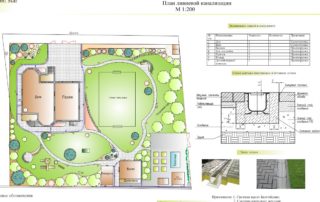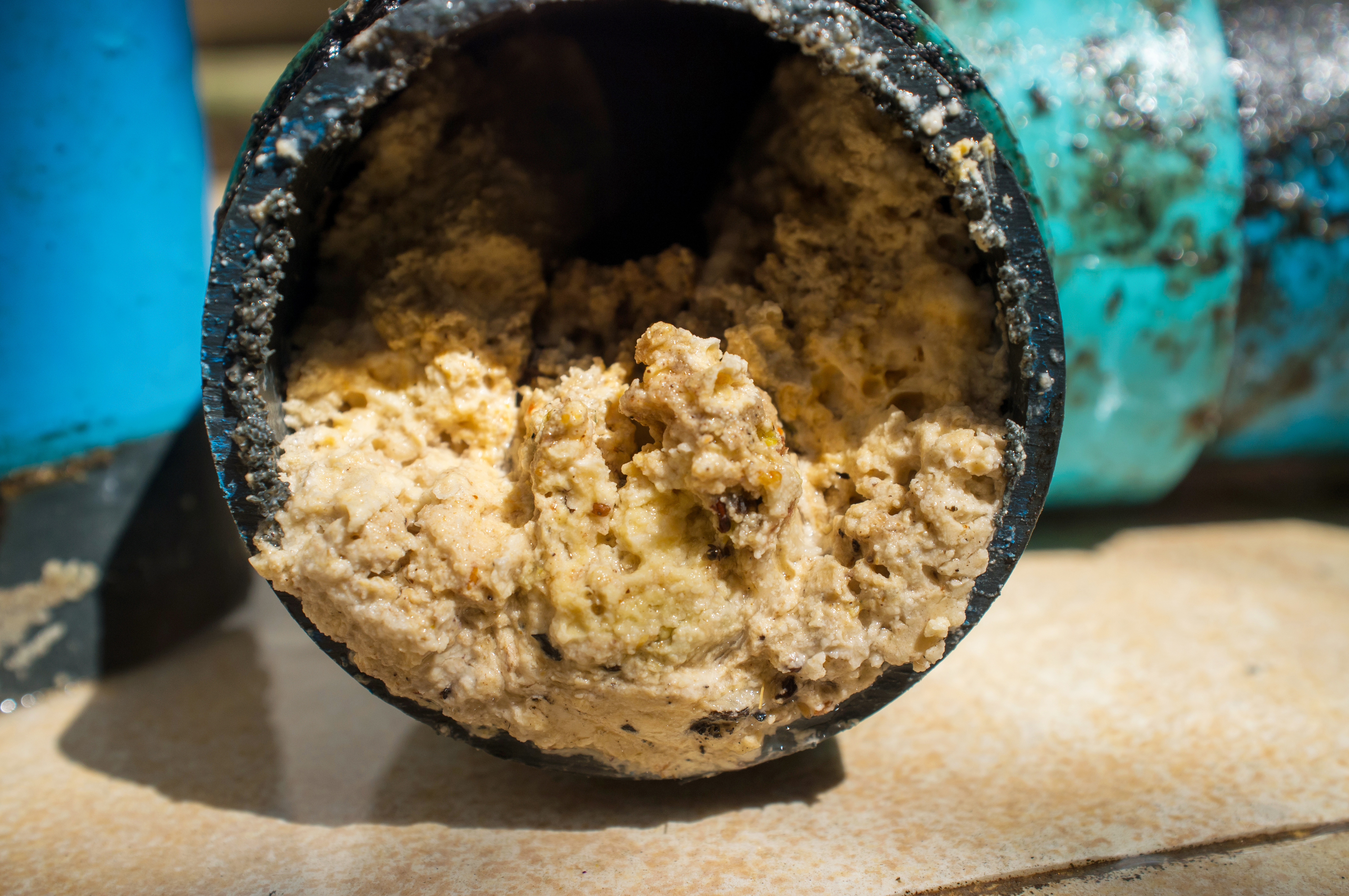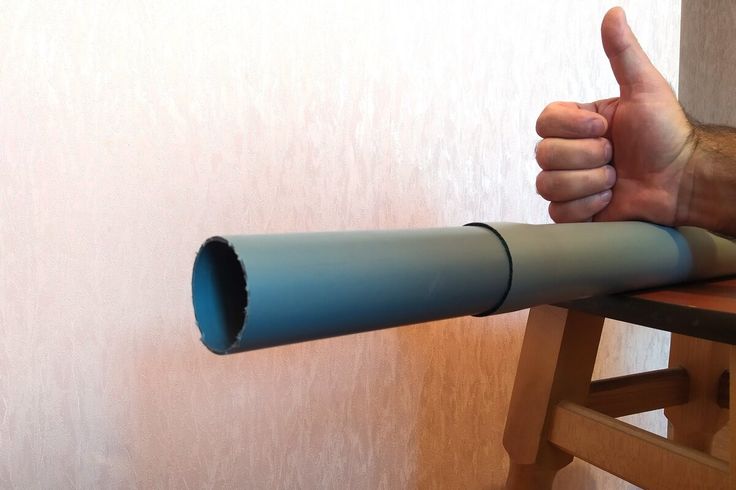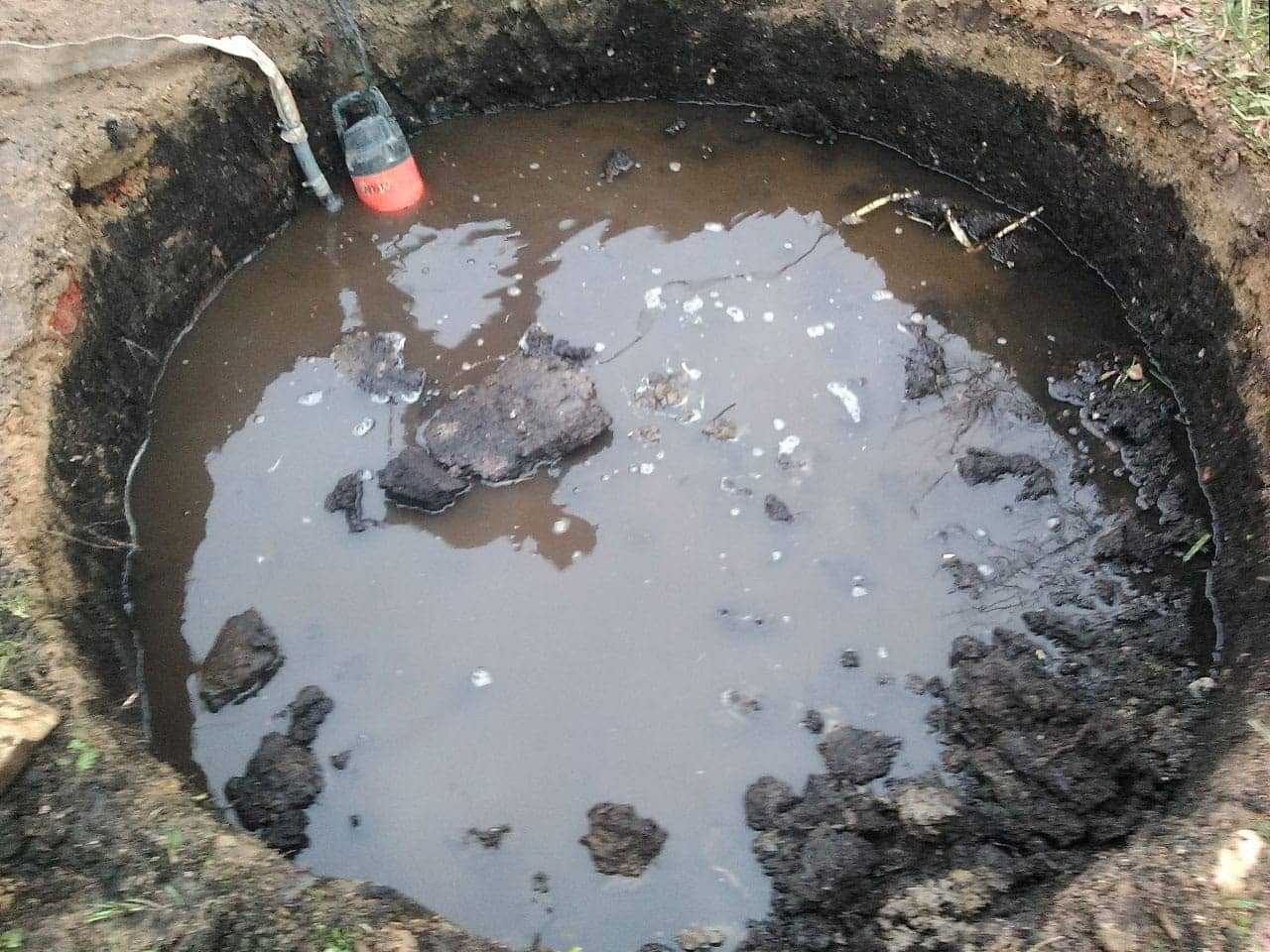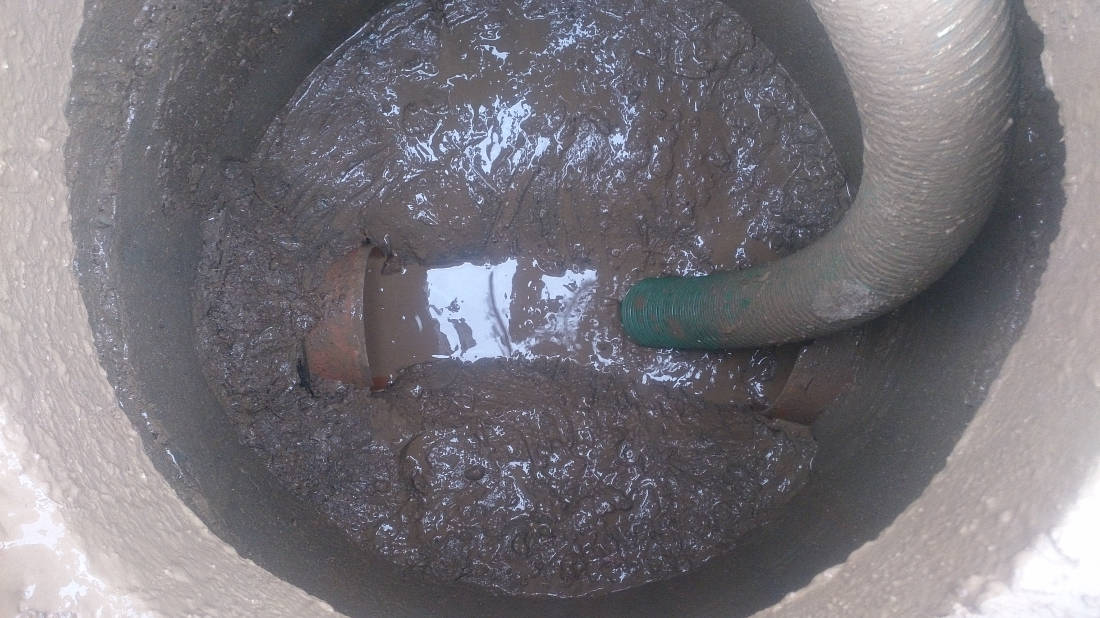The accumulation of rainwater on the site can erode the foundation, flood the basement. In addition, frequent rains have a negative impact on fertility. It happens like this: organic or mineral fertilizers applied to the soil are washed out into the lower layers of the soil, from where the root system of plants cannot get them, so you can not count on an increase in yield. Do-it-yourself rainwater drainage will help solve the problem.
- Definition and purpose of storm sewers
- Types and arrangement of storm sewers for a private house
- Structural elements
- Actual requirements for the installation of storm drains
- Designing and carrying out the necessary calculations
- Choice of materials
- Installation steps
- Operation and maintenance
- Storm sewer cost
Definition and purpose of storm sewers
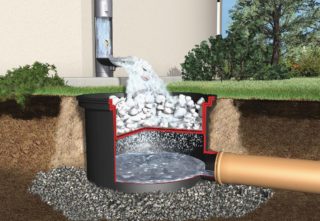
Storm sewage is a system of aboveground and underground communications from pipes that only removes precipitation. The storm drain should be independent of fecal runoff, since with a large amount of atmospheric precipitation there is a risk of flooding the site with waste.
If the storm drainage system in a private house is designed only for clean rain and melt water, then the pipes can be diverted directly into the reservoir, if there is one nearby. In urban systems, not entirely clean water from industrial enterprises is often drained into the storm drain. It requires additional filtering.
Depending on the climate, up to 100 cubic meters of water is poured onto the roof of a private house per year, and even more on the plot. Constant humidity in the basement can cause mold and bad odor. The room will not have time to dry out over the summer, since the degree of ventilation and lighting in the basement is always lower than that of aboveground buildings.
The principle of operation of storm sewers is to collect precipitation and transport it through pipes or gutters to a sump, well or storm water inlet, and then outside the site. Additional devices are sand traps, grease traps, filters.
In a simple system, there are only aboveground devices for collecting water and a storm water inlet, the liquid from which is used in hot weather to water the plants. It is convenient and economical.
Types and arrangement of storm sewers for a private house
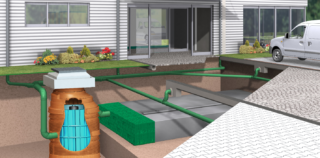
For a private house, one of three types of storm water is relevant:
- underground;
- aboveground;
- mixed.
The underground system is laid down at the stage of planning the building plot. It will be cheaper this way. If underground utilities are erected after construction, you will have to dig through the entire courtyard, which will create inconvenience to the residents. At the stage of building a house, it is better to immediately do all three types of sewage - fecal, drainage and storm sewage.
Advantages of underground stormwater:
- does not take up space;
- looks aesthetically pleasing;
- you can install frost-free pipes or make the pipe laying deeper.
Cons: large amount of work and cost.
When laying pipes, in order to calculate the amount of work, it is necessary to take into account the climatic conditions: to what depth does the soil freeze in winter.
Overhead communications are easier to equip. These are special gutters built into the street covering, through which water flows into sedimentation tanks or ditches. If the house is located higher than the garden, then you can direct the rainwater into a container in the garden, from which it will be used for irrigation.
The mixed drainage system is designed in such a way that part of the communications is underground, and part of it is on the surface.This is the most convenient and less expensive option. For each site, sewerage and storm drainage are planned individually.
Structural elements
- A well where water flows from the entire site. Its volume depends on the amount of precipitation in a particular region. It can be a plastic sealed canister with a hatch or a well made of concrete rings dug into the ground.
- Point receivers, which are installed in places where water is most often stagnant. They also come in concrete or plastic and are set in the ground to a specific depth.
- Linear channels. Set up along the paths, start near the water receivers from the roof. Equipped with steel, aluminum or cast iron grilles.
- Sand traps. Plastic housings that need to be cleaned periodically. Large particles settle in them. Prevents clogging of storm sewers.
- Inspection channels located along the pipe installation. With their help, it is convenient to clean the system.
In a private house, all the elements are not always installed - it depends on the size of the plot and the amount of precipitation per year.
Actual requirements for the installation of storm drains
Before starting to equip a storm sewer in a private house, the following indicators are taken into account:
- whether the liquid needs additional cleaning or it can be drained into water bodies;
- what type of soil is typical for a given area: on sandy soil, water is absorbed quickly, and clay practically does not allow liquids to pass through, so another way of disposal is needed;
- the sewerage system must be removed at least 1 m from underground utilities - electric cables and gas pipelines;
- if it is impossible to observe the required slope of the pipes, drainage pumps are installed that will push the liquid into the sump.
The terrain is important from the point of view of installing the well - it should be located at the lowest point of the site. Thus, it will be easier to comply with the pipe slope standards and avoid flooding the area with a large amount of precipitation.
Designing and carrying out the necessary calculations
The settling well must be located at the lowest point of the site. All pipes must have a slope of at least 3% - 3 cm per linear meter so that the water does not stagnate, but quickly flows into the well.
Projects are drawn up taking into account:
- Topographic plan of the area.
- Soil survey data.
- Construction objects.
- Technical conditions for connecting to the central sewerage system, if any.
- Customer wishes.
It is advisable to entrust the preparation of the plan to specialized firms, since revisions and alterations are associated with high costs and loss of time.
Choice of materials

The main element of the storm drain around the house is the pipes.
- Made of polyvinyl chloride: they have a smooth surface inside, they are not affected by bacteria and moisture. They are easy to install, since they have seals at the joints for greater tightness. They are completed with corner joints so that they can be laid in accordance with the plan. Suitable for underground utilities at a depth of 4 m.
- Polypropylene: have a higher strength than PVC. The inner surface is not clogged as it has a smooth surface. The outer sheath is corrugated, which makes it possible to bend the pipe, facilitating installation.
- Asbestos-cement: durable, but can crack on impact, so installation must be done carefully. They are suitable for surface drainage, as they have low thermal conductivity, and the water in them does not freeze at low temperatures. Of the shortcomings - it is difficult to make joints.
- Fiberglass: used in large facilities.The diameter of 50 cm is capable of providing high throughput. O-rings are used for joints, which eventually deteriorate and require replacement.
Water receivers are selected according to their throughput. They are made mainly of plastic, but sometimes metal products are used if the load on the ground exceeds the norm.
Trays and gutters are made of metal, concrete, plastic. For a private area with a small load, cheaper plastic models are suitable. For urban communications - concrete or metal.
Installation steps
Underground communications:
- Dig a trench, respecting the depth and slope for the pipes.
- Place a sand pillow on the bottom.
- Lay pipes and other parts of the system, connecting them into a single structure.
- Connect the storm drain to the well.
- Before backfilling the trenches, check the system for leaks. To do this, rinse with a hose starting from the roof.
- Fill and compact the soil.
The simplified above-ground drainage system also provides for a slope towards a lower level of the site, but the gutters are located on the ground surface. Rainwater is discharged either into a common street ditch or into a vegetable garden.
Operation and maintenance

Underground utilities require attention, since after many years of operation they become silted up. Once every 3-4 years, a major cleaning and flushing of sand traps and collectors is required. In a common well, silt forms at the bottom, which can impede the free passage of wastewater into the soil.
Cleaning is carried out using fecal pumps capable of pumping dirty water and crushing large particles if necessary. To begin with, the liquid is completely removed, then the well is filled with water and the contents are pumped out again until the bottom is cleared of silt deposits.
Complete flushing of pipes and a well using pneumatic installations is carried out once every 10 years.
It is recommended to take out and wash the nets in storm water inlets 1 - 2 times a season, as dust and dirt from the roof settles precisely at these points.
If filters are installed in the system, they must be changed in accordance with the recommendations of the manufacturers.
Storm sewer cost
The estimate of the storm sewer includes the cost of the project, materials, rental of equipment and the work of builders.
The preparation of the project has its own nuances, which consist in the complexity of the relief of the site, its length.
Materials can be selected from the middle price segment or expensive. Depends on how much load falls on the ground and how large the catchment area. All components are taken into account - drains for the roof, storm inlets, gratings, gutters, underground pipes, the installation of drainage inspection wells, as well as the cost of a container under a well or concrete rings.
For the installation of heavy asbestos-cement and concrete structures, special equipment will be required. When working with a firm, renting will cost more than helping a neighbor. The same goes for the hourly wages of the construction crew. Here you need to decide how quickly you need to equip the stormwater.
Professional workers will do everything quickly and efficiently, which is much safer and cheaper than later remodeling the incorrectly performed underground laying of communications.


